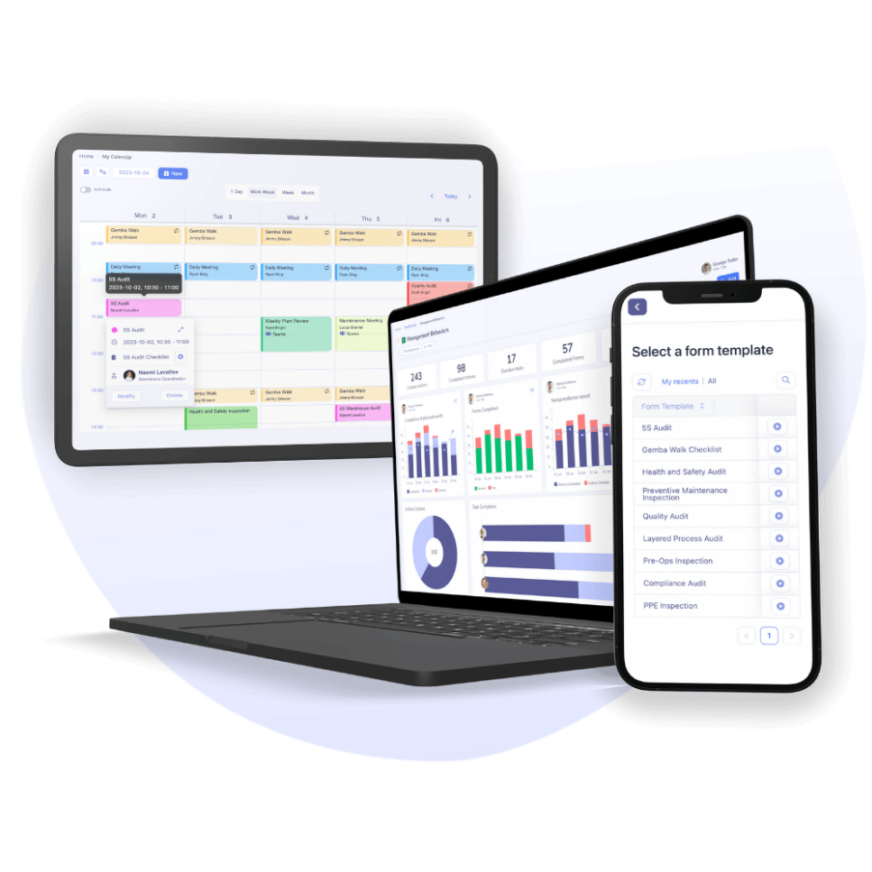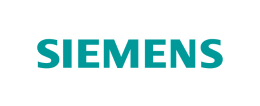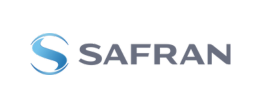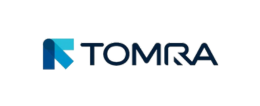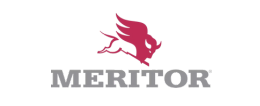How to Shift From Firefighting Mode to Proactive Management

| Audience: | Manufacturing and Healthcare Executives, Lean Management and Continuous Improvement Professionals, Operational Leaders and Safety Officers |
| Last updated: | August 19, 2025 |
| Read time: | 9 min |
- The problem with firefighting: Constantly reacting to unexpected issues creates stress, disrupts priorities, and harms long-term performance.
- Root causes of reactivity: Lack of standardized routines, poor problem detection, untrained supervisors, and even the glorification of urgency keep teams stuck in a reactive loop.
- Path to proactive management: Standardized practices, digital tools, structured routines, proactive problem identification, and continuous improvement help leaders anticipate challenges and empower their teams.
The daily management of a factory and its operations is full of unexpected events and emergencies. To remain in complete control, each management level wants to anticipate and quickly solve the encountered issues.
For some organizations, it can be hard to proactively identify problems, while supporting an internal improvement culture, before the problems negatively impact their performance indicators. When organizations are continuously addressing problems based on performance indicators data and alerts, they are taking part in the infamous role of the “firefighter”. Although this role might seem essential or even fundamental for some, it comes with its own set of repercussions in the long run.
A lack of standards combined with poorly adapted management tools for the field manager’s day-to-day reality can cause serious harm to their productivity. In this article, we’ll find out how manufacturing leaders manage to support and sustain a proactive and efficient control of their operations.
What Is a Firefighting Type of Management?
A firefighting type of management indicates a more reactive and corrective approach to every problem that occurs on the floor. It can even mean ignoring the actual planning and priorities established because the person in charge has a feeling of urgency to react and fix the problems that arise. Although the quick resolution of problems is certainly a good thing, the feeling of urgency that comes with it can be harmful since managers can feel like they’re losing some control over their operations. It can even lead to negative impacts on the team’s productivity, improvement plans and other goal achievement objectives.
Causes of a Reactive Type of Management:
Difficulty to Proactively Detect Problems and Prioritize Corrective Measures
Are your managers well equipped to proactively take charge of the daily set of problems that may come up? Unfortunately, standard practices aimed to proactively identify problems and eliminate their recurring instances aren’t always kept up with in some organizations. When continually responding to issues that arise, instead of identifying and addressing them in advance, it makes it harder for the organization to prioritize tasks and take action on certain problems. As a result of the ‘’firefighter’’ role, organizations have trouble with long-term planning and the proper use of resources.
Unstandardized Management Routines
Having little to no standards for daily management routines is a cause for a reactive management style. Consequently, it can be more challenging for managers to allocate their time adequately amongst their daily tasks and every other unforeseen event or issue they might encounter during their work shift. Having to continually change their work schedule creates stress and a feeling of not being in control, which often leads to bad performance.
Moreover, it creates inconsistency between the individual productivity of each team member (detected and resolved gaps, detected non-compliance, accomplished tasks, etc.). Improvement meetings, team development activities and 1:1 meetings are often put aside when they aren’t recurrent or adequately scheduled.
Technical Experts as Team Leaders and Supervisors
Nowadays, organizations are continually facing lots of constantly changing challenges. To adapt, experienced employees are frequently promoted to management positions. Despite their excellent technical skills, they will require a certain amount of management training to develop and acquire essential management skills needed in their new role. As a business, the challenge is to correctly identify the management knowledge gaps for each promoted employee, allowing them to receive the appropriate training. That way, they’re able to reach their new objectives faster. When neglected, the lack of management training can have significant negative impacts on the business. BearingPoint shared an interesting article stating that 60% of the recently promoted front-line managers will underperform during their first two years. Hence the importance of such training.
60% of the recently promoted front-line managers will underperform during their first two years1.
Firefighting Glorification
The feeling of urgency linked to taking charge of every issue and unpredicted event can be highly valued in an organization. It can seem natural that such a responsibility is glamorized since it helps prevent critical situations and even worse problems down the line. However, this behaviour nurtures and favours a reactive approach to problem-solving instead of encouraging proactive and preventive problem-solving methods and processes in the long term. Despite every good intention from team members to quickly resolve the issues, the feeling of urgency and the lack of prioritization felt in those situations comes from broken systems in which they are constrained to work in.
Proactive Management: What is it?
Through numerous standardized identification, resolution and proactive measures, organizations can gain agility and benefit from control over their operations.
The Proactive Manager’s role
Everyone has a role to play to achieve proactive productivity and enjoy all its benefits, but the manager’s contribution is even more significant. The reactive manager prefers to react to situations, often in a hurry, the proactive manager will instead try to anticipate upcoming events. By always anticipating possible issues and gaps, the proactive manager makes sure that he and his team can either avoid problems or easily take action when the time comes. With most of his work consisting of supporting and coaching his team, he can strengthen their good management behaviours and elevate their skills, abilities, and autonomy. To do so, a systematic presence on the floor is necessary for him to be available for his team.
How to promote proactive management practices?
1. Supervisors’ Proactive Management Practice Training
Practical training must be given to operators, supervisors, and field managers to learn and assimilate the proactive management concepts properly. It is also crucial that these employees retain the proactive management notions and stick to the organization’s management activities over time. Therefore, infield support, direct feedback and coaching are all part of the manager’s tasks in order to continually maintain and improve the proactive management practices that have been put in place.
2. Management Practices Standardization through Digital Tools
When standard management practices are digitized, it ensures that every team member works according to the established standards, reducing any significant risk of variance. With standard digital tools, any employee can execute their tasks in a shared digital environment, regardless of their experience. For example, by standardizing the problem detection, problem-sharing, and problem-solving tools, the results will most likely be similar, regardless of the employee in charge. In addition to minimizing the risk of error, digitizing and standardizing management practices ensures better assimilation of the best management practices through time by team members.
3. Putting in place Management Routines
By establishing a standard work routine, managers can easily track and follow their daily planned tasks while still keeping an eye on the overall progression of the daily and weekly objectives. Choosing the right digital management tool can significantly simplify the adoption and implantation of routines. With the appropriate tool in hand, managers now have the autonomy to manage and optimize their time efficiently. This increased visibility allows for unexpected issues and gaps to be solved more easily without impacting the team’s productivity.
4. Equipped and Connected Teams for Better Task Prioritization and use of Resources
Task prioritization plays a crucial role in the optimization of resources and operation flow. When neglected, it can have many negative repercussions. Thus, properly equipping managers is necessary for better strategic task prioritization. Managers’ corrective measures can be planned out and optimized with an increased visibility on issues and their impacts on resource use. Again, digital tools are an excellent way for managers to be provided with real-time data, which ultimately simplifies prioritization and helps avoid the firefighting mode.
5. Deploying Proactive Problem Identification Practices
The most crucial factor in proactive management is probably proactive problem identification. In fact, being able to identify and anticipate the roots of issues is critical. It allows managers to put the proper corrective measures in a timely manner, in order to neutralize or reduce the impact on security, productivity, delays, quality, costs, etc. For example, the execution of Gemba Walks with a standard validation list is a practice that allows managers to remain in control of their next shift, day or even week. Gemba walks are also an excellent opportunity to shed light on recurring mistakes or issues which can be addressed through continuous improvement efforts and plans. Also, when gemba walks are performed with digital tools, it is easier for managers to transfer and communicate real-time information with the right support groups and colleagues. It then allows team members to access accurate data for a more efficient problem resolution. In the long term, not only will team members get more familiar with these proactive practices, but they will also support and sustain a culture of continuous improvement.
6. Allowing standard periods for continuous improvement
Standard continuous improvement periods are the perfect opportunity to tackle recurring problems raised on the floor. These moments are vital to reach proactive management since they address improvement opportunities that team members and managers have raised. Establishing these standard periods of time, helps team members dedicate their time to continuous improvement without letting everyday emergencies or unplanned events interfere.
When using digital tools, managers can better understand the context in which issues have been raised and detected, receive the appropriate documentation for each problem and opportunity while also keeping track of every improvement plan progression.
How does the use of digital tools contribute to your team’s proactive productivity?
Finally, specific criteria are necessary to reach an efficient and lasting level of proactive productivity. The use of technology by team members is undoubtedly one of the best ways to support and sustain management’s best practices. When the appropriate digital tools are at your management team’s disposal, the entire team can benefit from :
- Increased visibility on management practices and overall health
- Standardized management processes
- Increased ownership and adherence to management best practices
- Connected teams in a mobile and paperless environment
About Tervene
Tervene is the #1 platform that supports the control of your daily operations. With the connected platform, direction members and frontline teams are equipped to deploy standard processes, accelerate problem-solving skills and collaboration while promoting strong management practices.
FAQ – Proactive vs. Firefighting Management in Manufacturing
Firefighting management refers to a reactive approach where managers constantly respond to problems as they arise. Instead of following planned priorities, they focus on urgent issues, often leading to stress, loss of control, and reduced productivity.
While solving problems quickly may seem effective, relying only on reactive management prevents long-term planning, drains resources, increases stress, and delays improvement initiatives. Over time, it weakens team performance and goal achievement.
Common causes include a lack of standardized routines, limited proactive problem-detection methods, promoting technical experts without management training, and a workplace culture that glorifies urgency over prevention.
Proactive management is about anticipating problems before they escalate. Managers prioritize prevention, standardize practices, support their teams, and maintain visibility on operations to ensure smoother workflows and continuous improvement.
Companies can adopt proactive management by:
-
Training supervisors and frontline leaders in proactive practices.
-
Standardizing management routines and problem-solving methods.
-
Equipping teams with tools for prioritization and visibility.
-
Conducting Gemba Walks to detect recurring issues early.
-
Setting aside regular time for continuous improvement initiatives.
Early problem detection helps managers anticipate risks, reduce costs, minimize delays, and improve safety and quality. Practices like standardized Gemba Walks allow teams to identify recurring issues and address them before they disrupt performance.
By reducing unplanned emergencies, proactive management enables managers to focus on coaching teams, planning strategically, and continuously improving processes. This leads to higher efficiency, better use of resources, and stronger long-term results.




